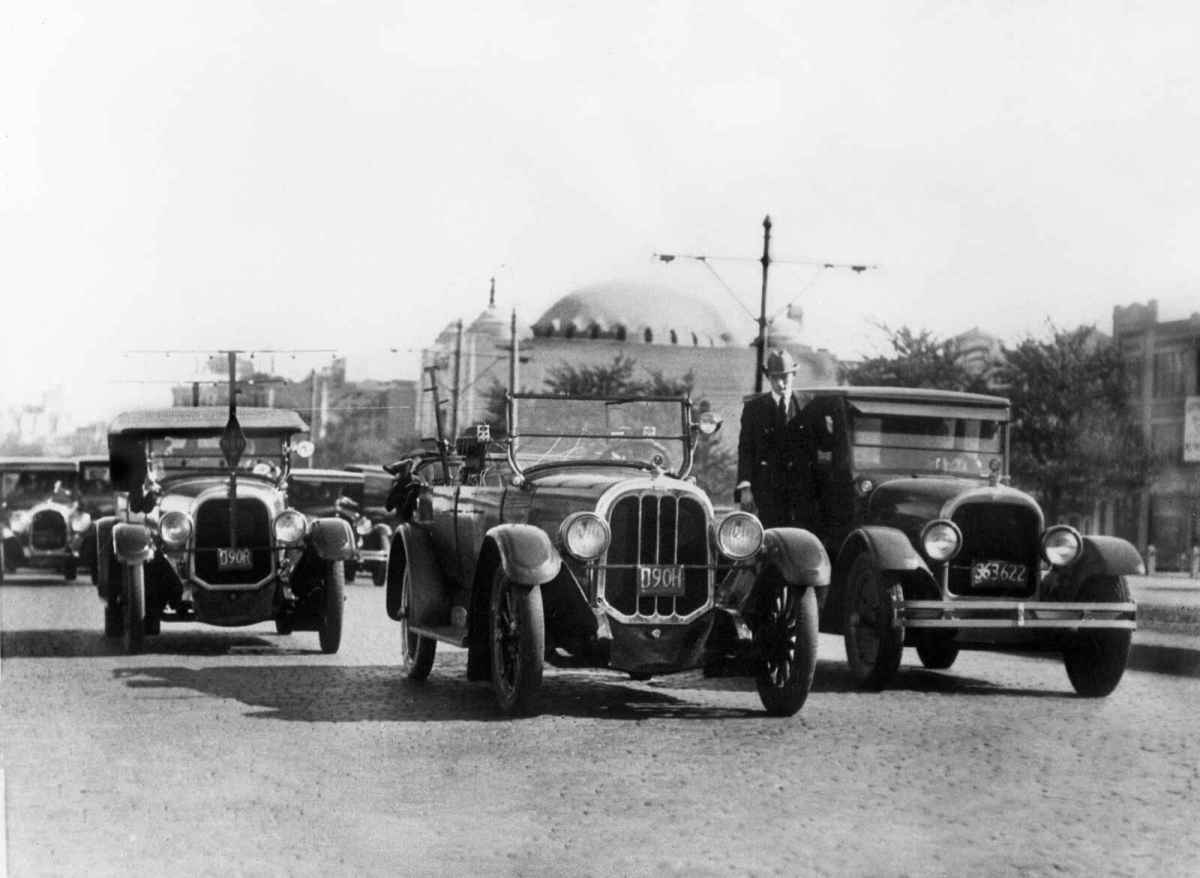And so it began, the strange origins of the world’s first self-driving car. The concept of autonomous vehicles dates back much farther than most people realize, with roots reaching as far back as the early 1920s. While self-driving cars may seem like a recent innovation, they have actually been in the works for decades.
It all started with a vision, a dream of a world where cars could drive themselves without any human intervention. This vision first took shape in the minds of scientists and engineers in the early 20th century, who saw the potential for increased safety and efficiency on the roads. One of the first attempts at creating a self-driving car came in the form of the radio-controlled car, which was demonstrated in the 1920s.
While the radio-controlled car was a step in the right direction, it was far from being a true autonomous vehicle. It wasn’t until the 1980s that significant advancements were made in the field of self-driving cars. Engineers began developing systems that could use sensors and cameras to navigate the roads and avoid obstacles without human input.
One of the pioneers in the field of self-driving cars was Sebastian Thrun, a German-American computer scientist who developed the autonomous vehicle Stanley in 2005. Stanley was the first car to complete the DARPA Grand Challenge, a competition sponsored by the U.S. Department of Defense to promote the development of autonomous vehicles.
Since then, major companies like Google, Tesla, and Uber have all thrown their hats into the ring, investing billions of dollars into the research and development of self-driving cars. These companies have made significant strides in improving the technology, but there are still many challenges to overcome before self-driving cars can become a mainstream reality.
One major hurdle that self-driving cars face is legislation and regulation. Many countries have strict laws governing the operation of autonomous vehicles, and it can be difficult for companies to navigate the legal landscape. Additionally, there are ethical concerns surrounding self-driving cars, particularly when it comes to issues of liability and safety.
Despite these challenges, the future of self-driving cars is looking brighter than ever. Advances in artificial intelligence and machine learning are making it possible for cars to learn from their mistakes and become better drivers over time. With continued investment and innovation, it’s only a matter of time before self-driving cars become a common sight on the roads.
In conclusion, the strange origins of the world’s first self-driving car may have begun over a century ago, but the technology is now closer than ever to becoming a reality. With pioneers like Sebastian Thrun leading the way, and major companies investing heavily in research and development, self-driving cars are poised to revolutionize the way we think about transportation. The future of autonomous vehicles is bright, and the possibilities are endless.
